 This week is busy with wine events and I hope to have a few interesting posts for you to read in the next week or so. In the meantime, I just want to give a quick thumbs up to the 2014 Groth Sauvignon Blanc from Napa that I had the other evening. This is a beautiful blend of 91% Sauvignon Blanc and 9% Semillon. 80% of the fruit is fermented in oak barrels and 20% in stainless steel. Pale yellow in color, this wine has wonderful aromas of citrus, melon and pear. The palate does not disappoint and offers a lively array of peach, pear, citrus and light minerals. It is crisp with a velvety mouth-feel and a nice finish. Lovely balance between tart and sweet. Alcohol: 14% Price range is $17 to $21. http://www.grothwines.com It’s a beautiful day and perfect for an early evening swim and cocktails!
Happy Wednesday! Cheers! Penina
0 Comments
Here is a little geography info that is germane to the following story: Chile and Argentina are separated by the Andes Mountains. In 2001 Aurelio Montes, Sr., a winemaker and founding partner of Viña Montes in Chile, crossed the Andes to visit Mendoza, Argentina. Impressed with the people, terroir and viticulture, he realized the potential of the region. And so, in 2002 Kaiken Premium Wines was founded with Aurelio Sr. bringing his knowledge and experience to the wine industry of Argentina. His goal was to make great wines by taking advantage of the excellent conditions of the Mendoza region and “show the best of both sides of the Andes”.  Aurelio Montes, Jr. Aurelio Montes, Jr. His son, Aurelio, Jr., is also a winemaker who traveled around the world working in wineries and gaining knowledge of different viticulture and enological practices. After taking time off in 2005 to pursue other interests, he returned to Viña Montes in 2007 as the Enological Director of the Apalta facility. In 2011 Aurelio, Jr. and his family moved to Mendoza to oversee the Kaiken project. Aurelio is always experimenting with new terroirs and enological practices that include biodynamics and sustainability. His passion transcends to the wines he produces. 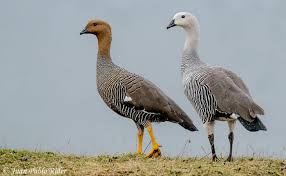 Appropriately named, Kaiken is derived from the name of a bird called the Caiquen, a hardy bird in the goose family that is indigenous to Patagonia. These geese migrate between Chile and Argentina, criss-crossing the Andes like the Montes have. The Kaiken vineyards are located in the heart of Mendoza and further south in the Valle de Uco. The vineyards produce 70% of the production requirements and the other 30% come from vineyards which Kaiken controls. I recently received two bottles of wine from the Kaiken Terroir Series that represent the best of each variety of grapes from a particular area. Made with 100% Torrontés grapes, the 2015 vintage was pale lemon in color with a green hue. Citrus, grapefruit, floral notes and a hint of orange zest on the nose transferred onto the palate. A tart edge quickly segued into a lingering tropical fruit and floral finish. The wine was bright, fresh and had nice acidity. Alcohol 13.2% About $17.00
The Terroir Series Malbec is made with 80% Malbec from the Uco Valley, 12% Bonarda from Agrelo and 8% Petit Verdot from Gualtallary, a zone within the Uco Valley. Each grape brings it’s own uniqueness to the wine. The 2012 Malbec was deep red with a tinge of purple. The nose was heady with dark berries and floral aromas. A hint of mushrooms and spice were present. The palate offered blackberry, plum, licorice and oak. The finish was long with bursts of pepper. Soft tannins and a velvety mouth-feel gave this wine a lot of character. Alcohol 14.5% About $17.00 http://www.kaikenwines.com These are wonderful wines and I can’t wait to try more from this producer. Cheers! Penina 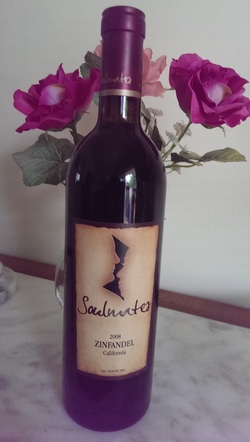 I’ve been waiting for a “cool” evening to open Soulmates Wines 2008 Zinfandel from California. The weather of late has had me reaching for wine from the refrigerator. However, last night with the temps hovering in the 60’s, I finally popped the cork! This boutique blend culls grapes from Sonoma, Napa and Lodi. The color was deep garnet with succulent blackberry aromas trailed by herbs and earth. Flavors of blackberry jam, dark cherry, fennel and spice danced around the palate giving a soft and silky mouth-feel. The finish was long with hints of pepper and chocolate covered cherries. http://soulmateswines.com The inspiration behind this wine touched my soul deeply. It is a story of motivation, courage and perseverance. Having lost a young family member recently to brain cancer, I know what true courage and determination is. Aggie Bonpua is the founder and CEO of Soulmates Wines. This is the story of Aggie and her brother Louie, who is the inspiration behind the wine. I have copied the story from their website for you to read. “A soulmate has often been defined as the twin soul - the other half of one’s soul. This is a story about a brother and sister with an unbreakable bond. An older brother of six years, born August 30, 1964, and a younger sister born August 28, 1970; nevertheless the six years in age did little to separate their unified vision and fervor for life; indeed, their relationship was, rather, one of twins joined in spirit and in heart. The unyielding will to assure his sister reaches the countless dreams she shared in her youth…the passion he felt, knowing she had a gift that could change the world, leaving a historical mark for generations to share – little did he know what a profound impact such qualities would have upon his sister as he entered into an unforgiving battle of life and death. Diagnosed with Leukemia with no correction after treatment, and having only the inevitable fate before him, Louie Bonpua kept a personal goal to train and perform in the Ironman Triathlon. He went on to compete and finish more than 15 triathlons, to include one Ironman triathlon throughout Northern California, with the Leukemia-Lymphoma Society Team in Training. He inspired those diagnosed with Leukemia, motivated competitors within the triathlon arena, rejuvenated his sister’s dreams, and invigorated all who encountered his presence. He realized the words “perseverance” and “endurance” beyond polite sickbed conversation, proving them as the keys to unlocking the mysteries of life’s impossibilities. He carried the torch for 2002 Salt Lake City Olympics Games – a symbol of his enduring light to a world that often takes for granted its full-functioning capacities. In memory of his strength, his inspiration, and his love, we invite you to share a glass of Soulmates Wines as you partake in this wonderful gift of life. Cheers!” http://soulmateswines.com/the-louie-project/ A portion of every bottle sold goes to the Leukemia/Lymphoma Society.
Have a peaceful Thursday. Cheers! Penina  Yesterday was structured around taking a much-needed swim in the late afternoon. As luck would have it, clouds made their entrance and the rain poured down. I made the best of it and instead lined up all the wines I have yet to review! As you might (or might not) recall from previous posts, I am not a big fan of Pinot Grigio. However, the other evening we opened a 2014 Mezzacorona Pinot Grigio, Vigneti Delle Dolomiti IGT. Located in the Italian Alps, this winery is surrounded by the Adige River and has been crafting estate grown wines since 1904. This Pinot Grigio was a delightful surprise that had more body and texture than I anticipated. Aromas of floral, citrus and pear carried through to the palate. Mid-palate offered tart apple with light mineral notes. This is a fresh and clean wine that I would not hesitate to drink again! Alcohol: 12.5% http://www.mezzacorona.it  It seems that Tropical Storm Colin is wreaking havoc in the Southeast and will be causing more rain for us today. I guess I’ll have to put off swimming for yet another day! In the meantime…
Happy Wine Wednesday! Cheers! Penina It was a lovely weekend of celebrating birthdays and friendship. In between feasting on food and drinking an assortment of wine, we managed to sneak in a day to visit the Degas exhibit and Impressionist collection at the Museum of Modern Art in NYC. These are two of my favorite paintings by Degas and Picasso.  One of the many wines that were opened this past weekend was a lovely 2015 Domaine du Pere Caboche – Vin de Pays de Vaucluse Rosé. It is a blend of 30% Carignan and 70% Grenache, typical Côtes du Rhône varietals. It had a soft pink color with delicate aromas of raspberry, strawberry and a hint of melon. It had lots of ripe fruit on the palate with a subtle layer of spice. This medium-bodied wine was very refreshing, medium-dry, and had a silky finish. It was a perfect start to kick off the evening and paired well with the shrimp and mozzarella platters. http://www.jpboisson.com More reviews tomorrow.
Happy Tuesday! Cheers! Penina  Memorial Day weekend is here and friends have headed to the beach or hightailed it up to their country cabins and lakes. For those of us that have chosen to stay home, we’ve been swimming, grilling and hanging out! While grilling Vidalia onions and mushrooms last evening, I took stock of my herb and vegetable garden. I was very pleased to see that my strawberry plant is producing such large fruit. And, the strawberries are very sweet! I’m thinking that strawberries pureed with vodka and crushed ice would make a fun summer drink! 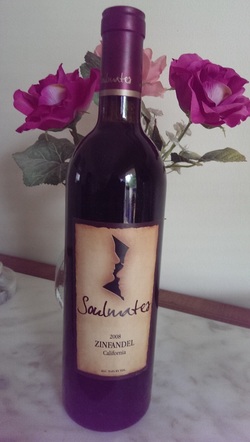 I’ve been looking forward to opening Soulmates Wines 2008 Zinfandel and I was hoping to try it last night. But with temperatures hovering close to 90 degrees, we needed to drink something a touch lighter and a bit cooler! However, it will be the first red wine that I open when the temperatures drop a bit. We ended up opening a 2015 Jean-Picard Sancerre Le Chemin de Marloup Sauvignon Blanc that was chilled to perfection. This 100% Sauvignon Blanc was pale lemon with soft aromas of citrus, peach, strawberry, floral notes and a hint of vanilla. On the palate this full-bodied wine was understated and refreshing. The texture was creamy with mingled flavors of pear, nectarine, & a hint of herbs. The Picard family has been producing wine in Sancerre since 1750. The vineyard is located next to the Loire on the Bue’ slopes which are reputed to be one of the finest for quality. I look forward to trying their Sancerre Rose’ and Sancerre Red soon. http://www.sancerre-picard.com/en/ Happy Sunday…and enjoy the rest of the holiday weekend!
Cheers! Penina Barefoot Wines, based in Modesta, CA, recently sent me a sampling of four wines from their very extensive collection. 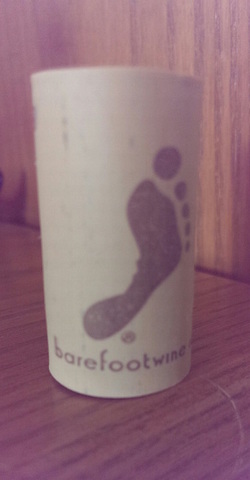 Barefoot cork Barefoot cork Intrigued by their whimsical name and label, I learned that California winemaker Davis Bynum created Barefoot Bynum Burgundy in his garage in the year 1965. Bynum used the old fashioned way of crushing grapes…barefoot. By 1986 Bonnie Harvey and Michael Houlihan took over and so began Barefoot Cellars and the footprint label. In 1995, with only four wines being produced, winemaker Jen Wall joined the team helping to expand the wine collection to what it is today, over 30 wines. Let me begin my take on the following wines with a quote from Barefoot Wines. “Our wines are non-vintage because age is just a number! We believe in providing the same great, consistent taste year after year!” So, with that in mind… The Barefoot Riesling is blended with Gewürztraminer & Malvasia Bianca. The color was pale straw. Citrus, pineapple, grapefruit and a hint of herbs greeted the nose. As the bottle states, it is sweet. The palate offered pear, peach, honey, vanilla and grapefruit. The flavors were nicely balanced with a surprisingly long finish. If you enjoy sweet wine, this is a good choice and it would do well as an aperitif or dessert wine. Alcohol: 8.0 % http://www.barefootwine.com/our-wine/white-wine/riesling The Barefoot White Zinfandel from Lodi is blended with Symphony. It is a medium sweet wine with a pretty pink salmon color. It had aromas of citrus, strawberry and nectarine. The palate offered fresh and juicy fruit with pineapple and melon on the finish. It was refreshing even though it was a bit sweet. Alcohol: 9.0% http://www.barefootwine.com/our-wine/pink-wine/white-zinfandel The Barefoot Red Zinfandel, also from Lodi, is blended with Petit Sirah, Malbec and Petit Verdot. The deep ruby color gave way to an aroma of spices that leapt out of the glass along with red fruits. The flavors did not live up to what the nose offered, but there was a sufficient amount of red fruit, plum and a hint of spice on the palate. It was light to medium-bodied and very soft. Alcohol: 13.5% http://www.barefootwine.com/our-wine/red-wine/zinfandel The Barefoot Cabernet Sauvignon is from Argentina and is 100% Cabernet. The color was dark ruby bordering on purple with blackberry jam and dark berries on the nose. The palate offered dark berries, pepper and a touch of earth. Light tannins and a soft mouth-feel make this an easy wine to pair with a variety of foods. Alcohol: 13.5% http://www.barefootwine.com/our-wine/red-wine/cabernet-sauvignon The average bottle of Barefoot wine costs about $6 to $11. Barefoot has a large distribution in the U.S. and their wines can be found in most wine stores. You can’t go wrong with these wines and especially at this price. It’s worth picking up a few bottles from their collection and seeing what speaks to you! http://www.barefootwine.com
Cheers! Penina  Another week has flown by and we are fast approaching the lazy days of summer. The peeper frogs and crickets serenade me at night and a chorus of birds has replaced my alarm clock in the morning. It was a warm and beautiful day on Friday that segued into a lovely evening. After a long day of work, it was nice to sit and enjoy a glass of wine and watch the sunset with a few friends. We opened a 2014 Simi Chardonnay from Sonoma County. The color was golden with wonderful aromas of lemon zest, pear, peach and oak. It was crisp and fresh with juicy notes of pear, apple and honeydew. The texture was creamy with oak and toasted nuts on the finish. It was well balanced and surprisingly expressive for a wine in the $10 to $14 range. It’s worth picking up a few bottles to keep on hand for those summer sunsets! http://www.simiwinery.com Have joyous Saturday!
Cheers! Penina 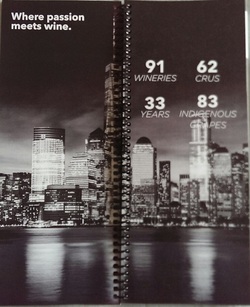 On Monday I went to the Vias Imports Grand Portfolio Tasting held at the IAC building in NYC. It was a beautiful venue to hold a wine tasting. Vias Imports has one of the most comprehensive portfolios of Italian wine in the US. In addition to Italy, their portfolio includes wines from Argentina, Austria, France, Lebanon, Spain, and the United States. With over 200 indigenous varietals that express Italy’s unique and diverse regions, there were many wines to taste, including several other countries. It was an afternoon of learning a little history and tasting a few varietals for the first time. One of the varietals that were new for me was the Barbarossa grape. I learned that some of the oldest Barbarossa vines in Italy are located in the Emilia-Romagna region. Fattoria Paradiso owns a hundred-year-old vineyard and produces this grape. I tasted the 2010 Il Dosso Barbarossa Forli, IGT made with 100% Barbarossa. It was fresh with cherry and hints of mint and chocolate. Another grape that was new to me was Dolcetto, found in the Piedmont region of Northwest Italy. I tasted a 2014 Vilot Dolcetto D’Alba from Ca Viola Vineyards. Made with 100% Dolcetto, it had lots of blackberry, licorice and a hint of almonds on the finish. 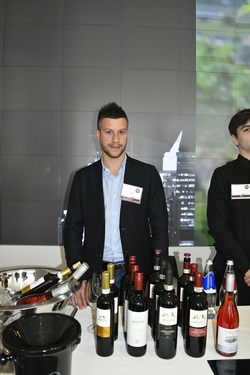 Matteo Menicacci Matteo Menicacci I met with Matteo Menicacci, winemaker and producer at Castello Di Meleto in Tuscany. He encouraged me to try the 2014 Vigna Casi Chianti Classico Riserva, DOCG. Made with 100% Sangiovese grape, it was smooth and elegant with floral and berries dancing on the palate. The vineyard is rich in history and it is worth visiting their website. http://www.castellomeleto.it I will revisit and share some of the many varietals that I tasted in future posts. But before I sign off, I must tell you about a heavenly wine from Le Salette, located in the Classica Valpolicella region. The 2012 La Marega Amarone Della Valpolicella Classico DOCG was exquisite. This Valpolicella blend was packed with spices, strawberry, herbs, chocolate and plum with a velvety finish. I would drink this for dessert!
Have a great Wednesday! Cheers! Penina  Mercury is in retrograde until the end of May. Even if you don’t believe in astrology, (which I tend not to) it seems that everyone is on edge. And if that isn’t enough, it was also Friday the 13th yesterday. Oh my!  So, by cocktail time I was ready for a martini or glass of wine. Since I was expecting company I was more inclined to open wine. However, plans changed when we all decided to meet at a friend’s home for a “Stanley Cup” playoff party. It was Game One between Lightning vs. Penguins and everyone wanted to watch.  Because of a little bout with sniffles, I opted for something light. So my host opened a Dutcher Crossing 2011 Sauvignon Blanc from Dry Creek Valley in Sonoma. Citrus, melon and pineapple on the nose segued into zesty and fresh acidity with citrus and peaches on the palate. Unfortunately, my congestion overtook my taste buds, but I felt this vintage was winding down. http://www.dutchercrossingwinery.com Despite an injury or two, Lightning won the first game.  I’m taking advantage of the beautiful weather and heading out for a power walk and then doing some serious strawberry and tomato planting! Happy Saturday! Cheers! Penina |
Categories
All
|
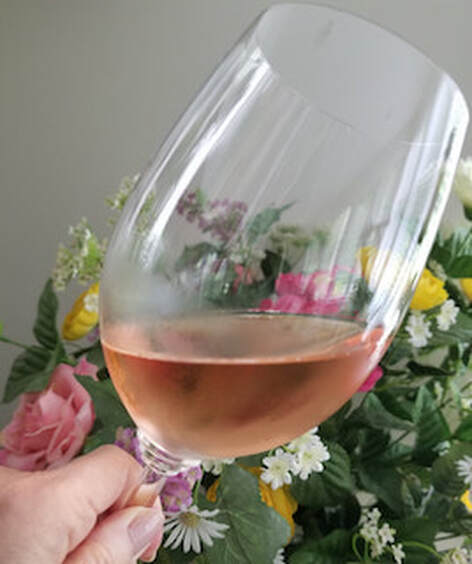
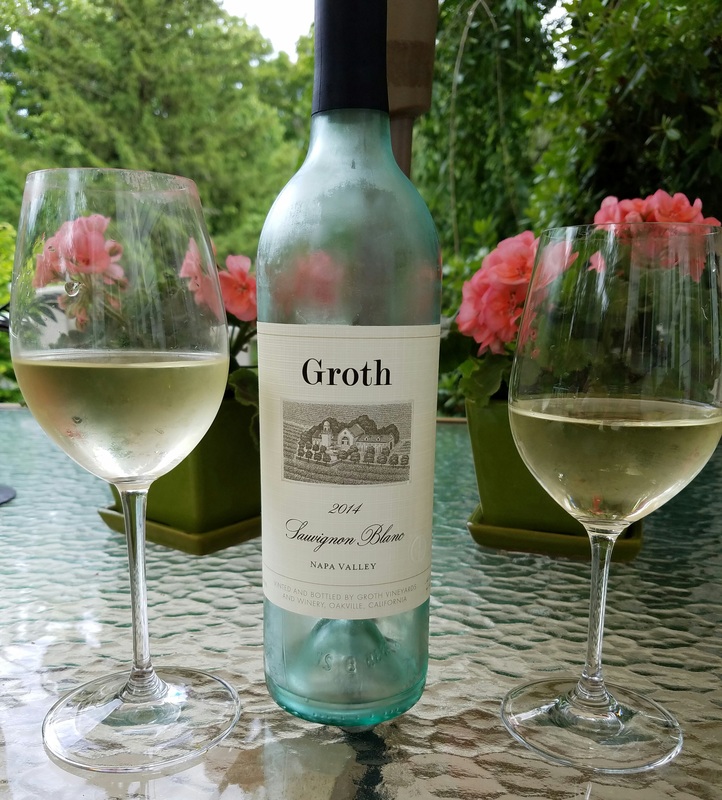
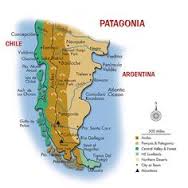
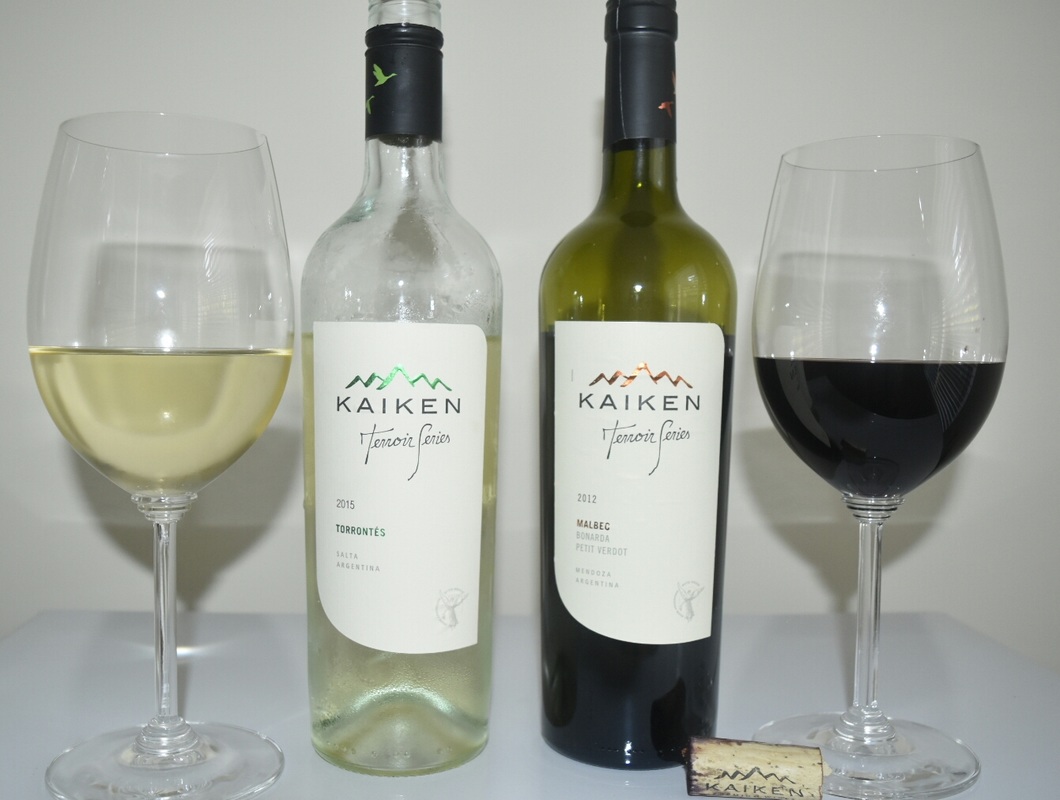
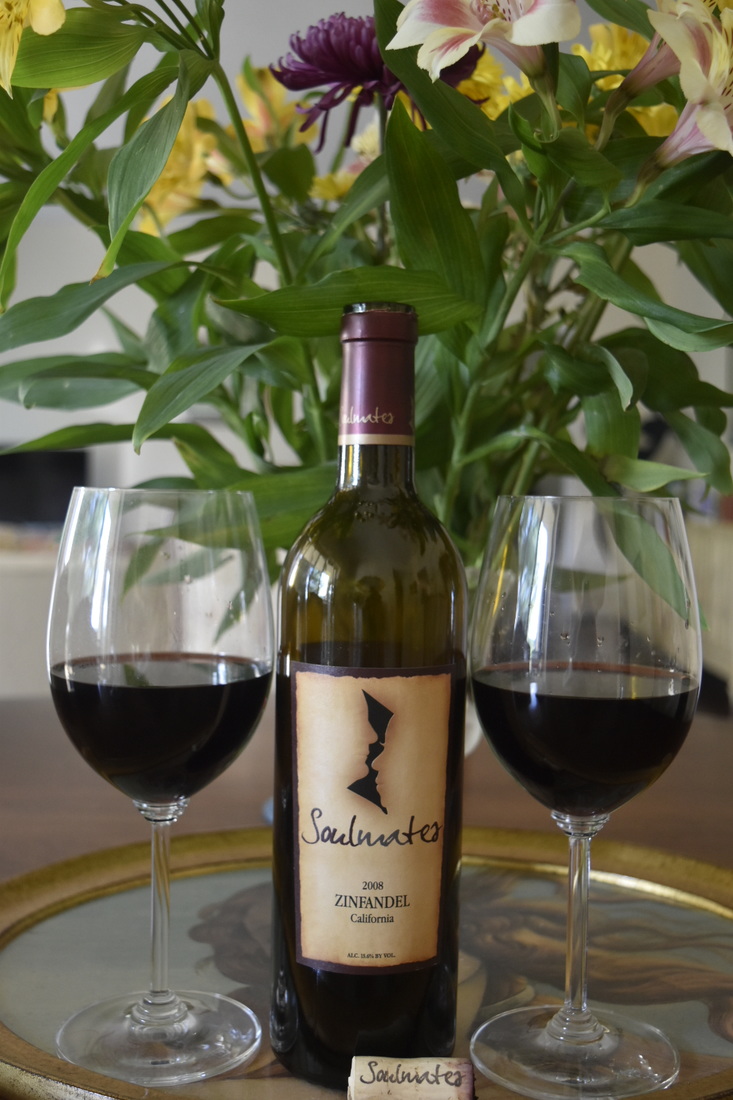
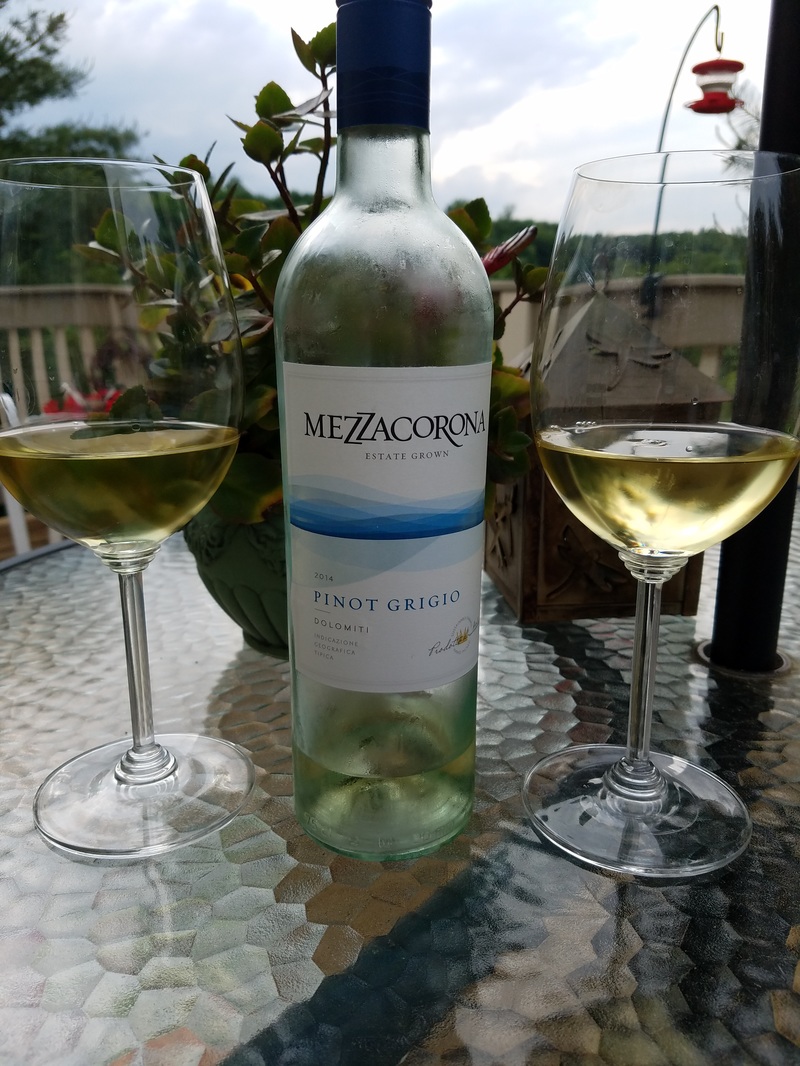




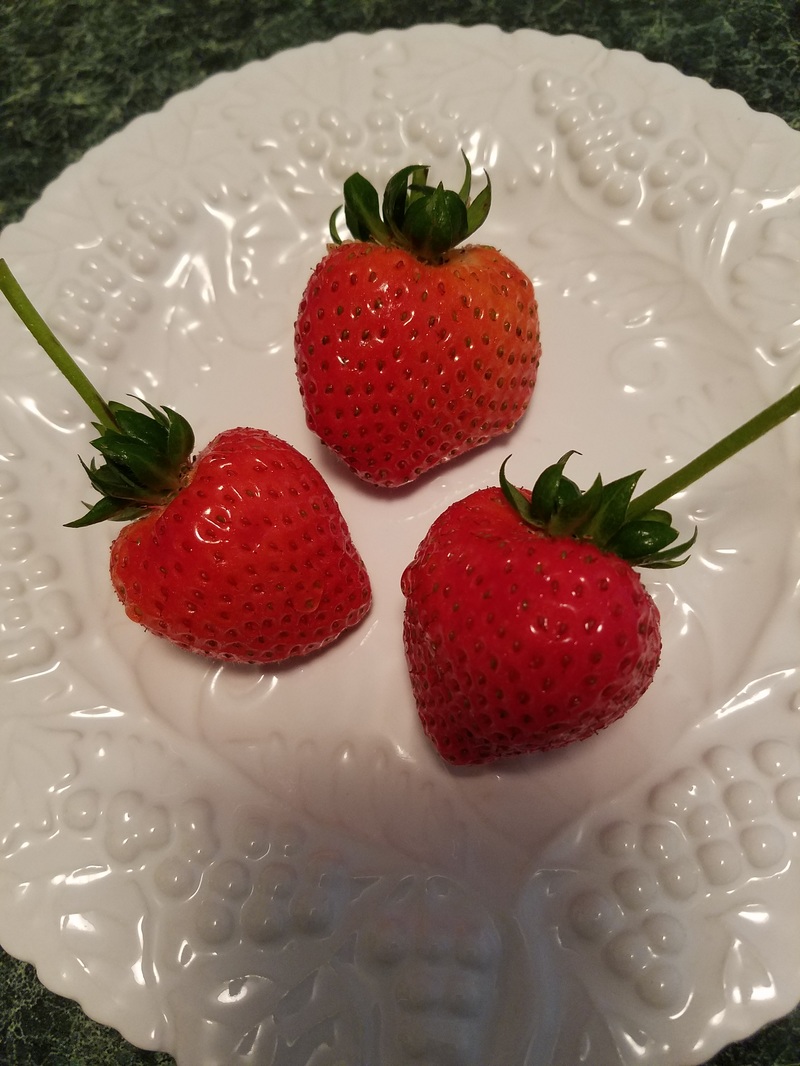
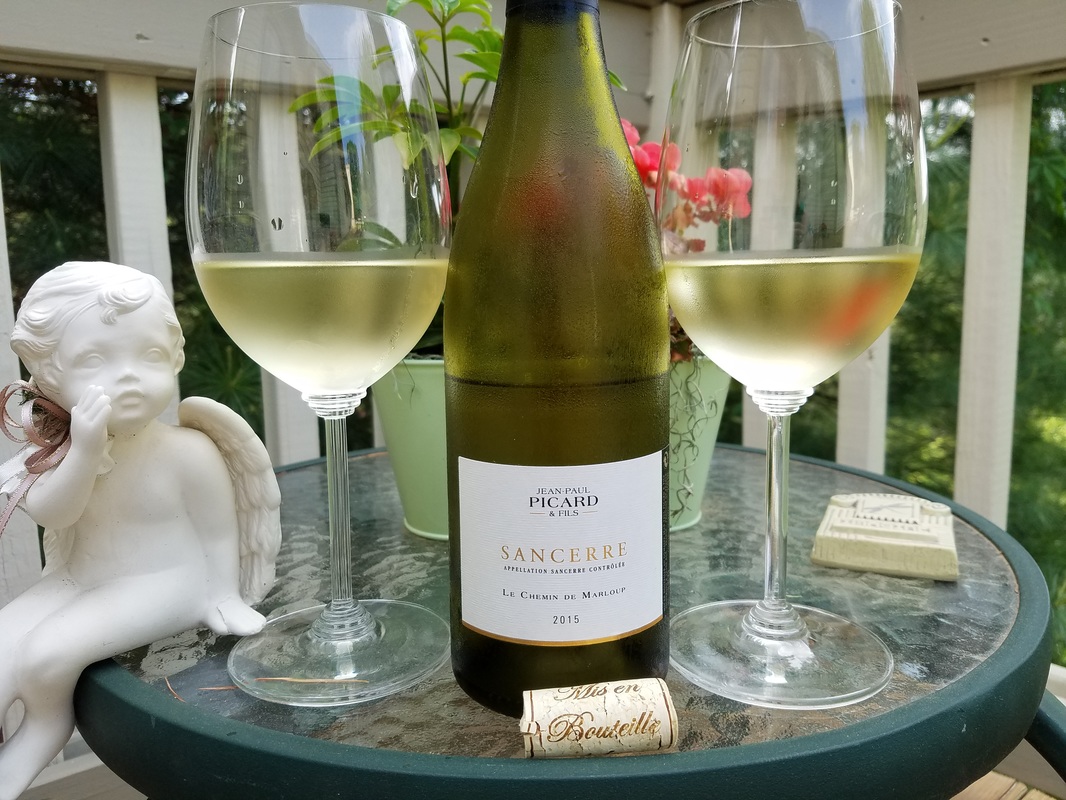
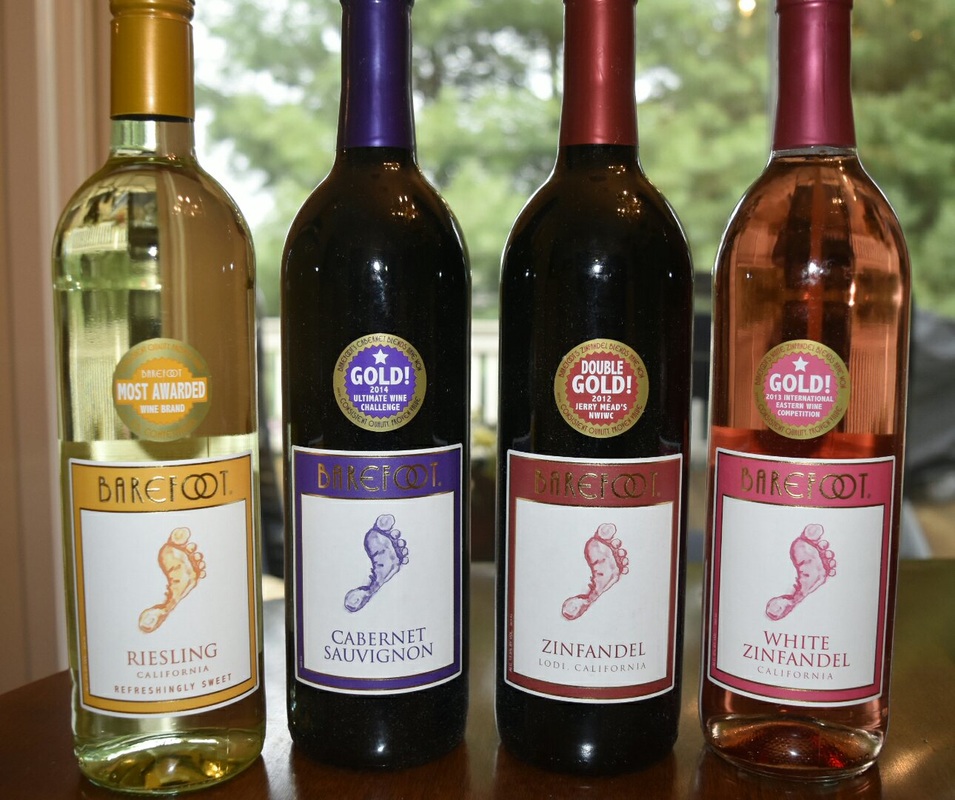
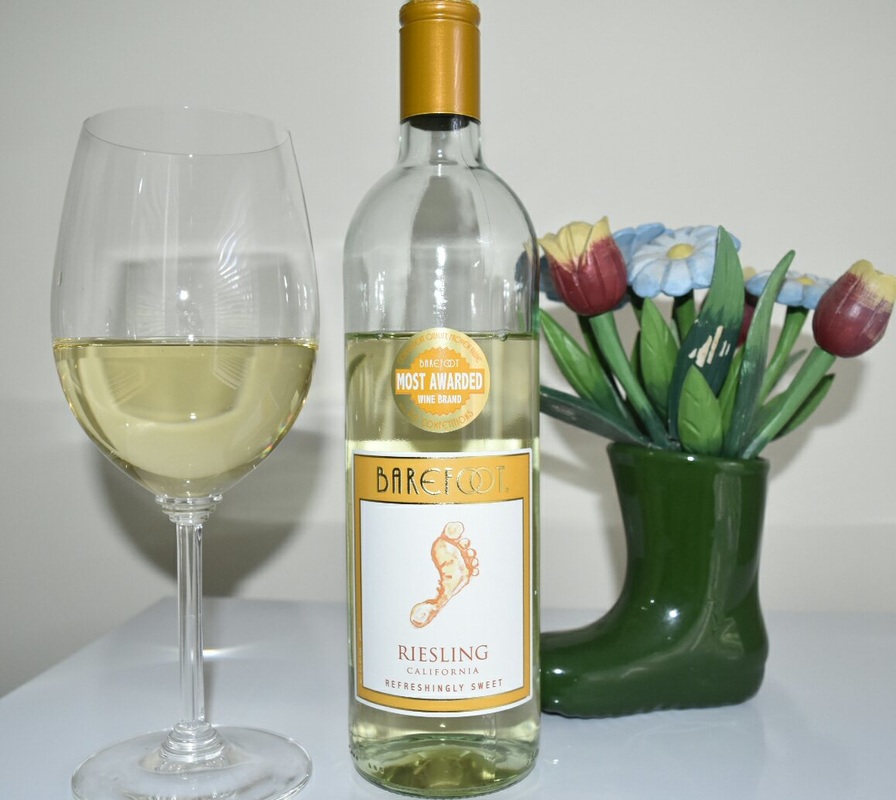
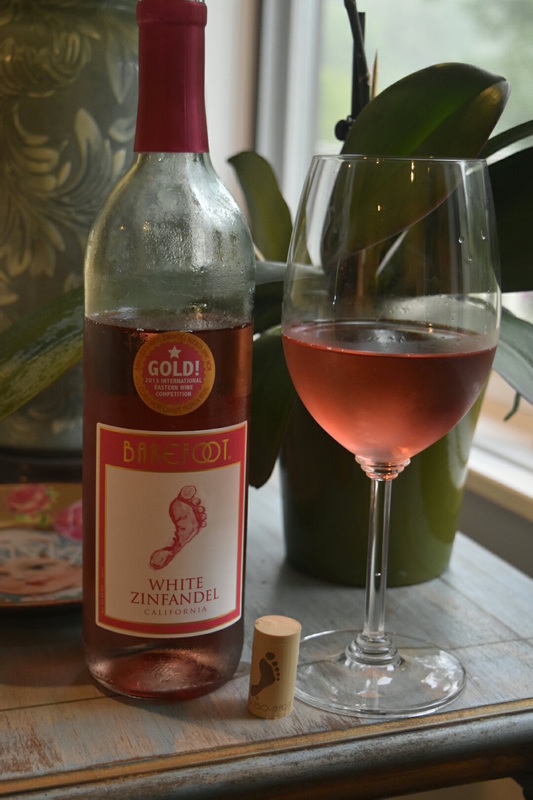
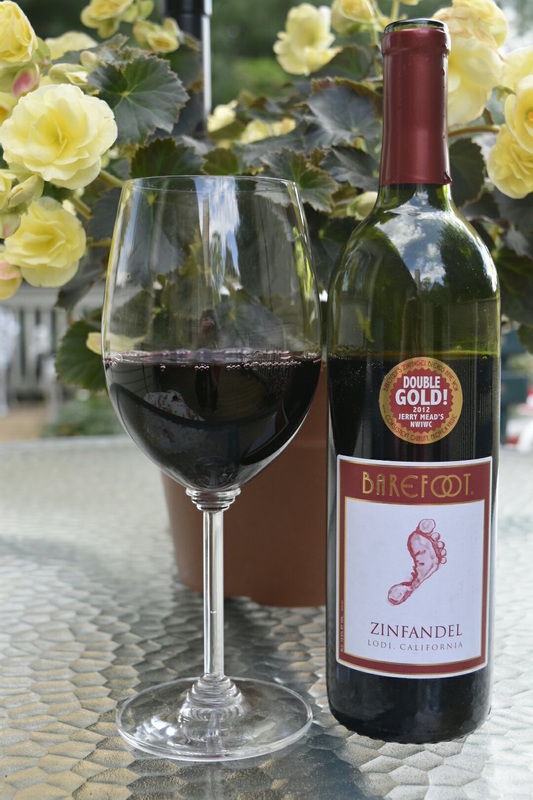
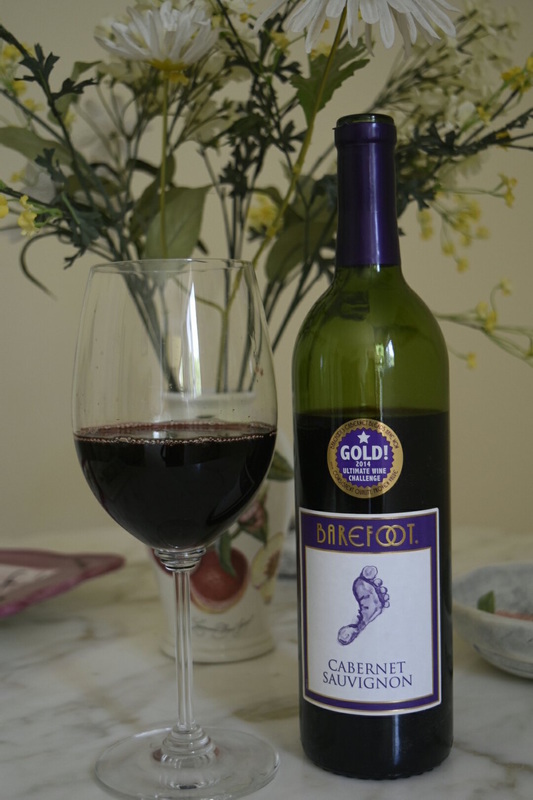
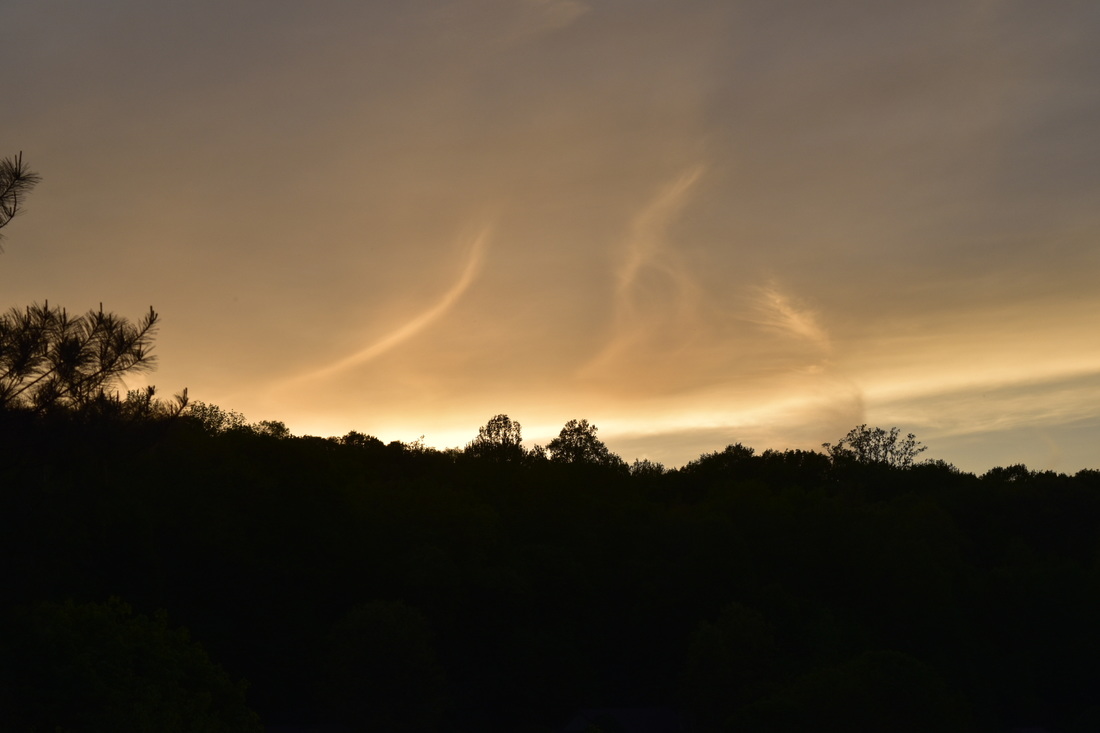
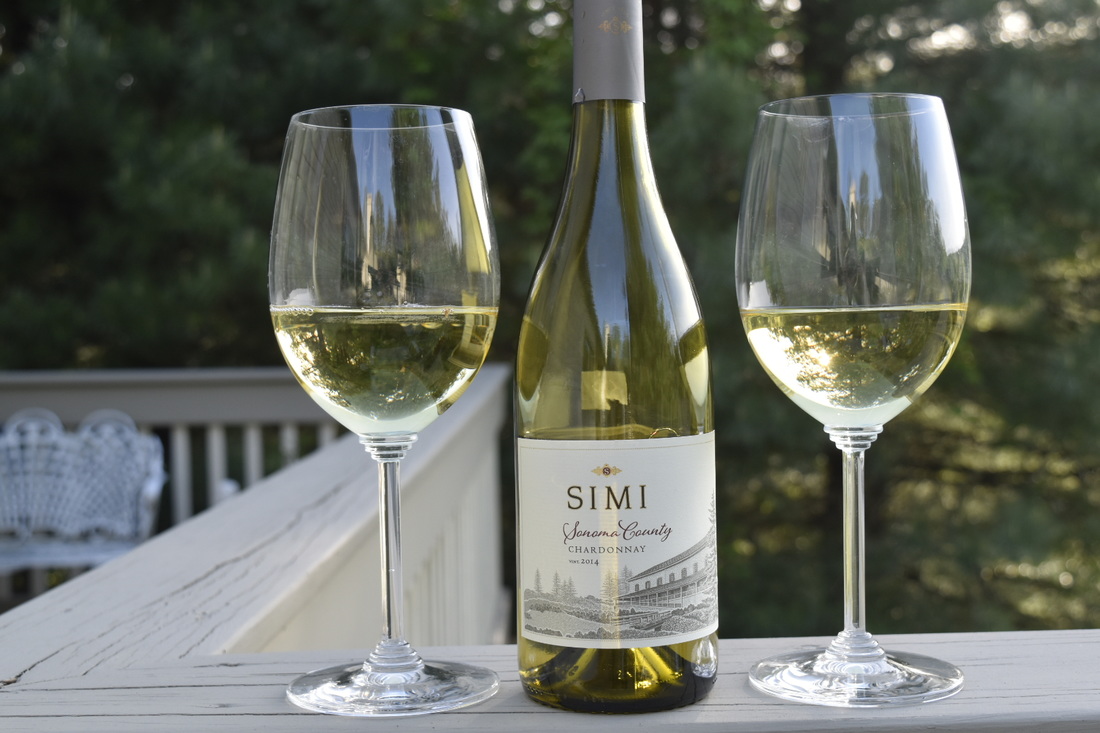
 RSS Feed
RSS Feed